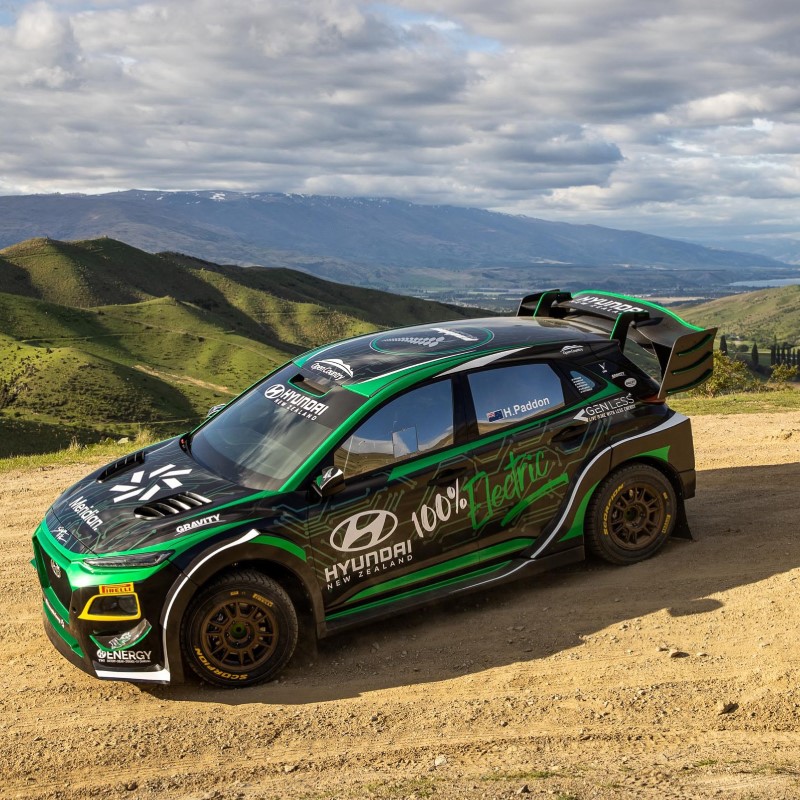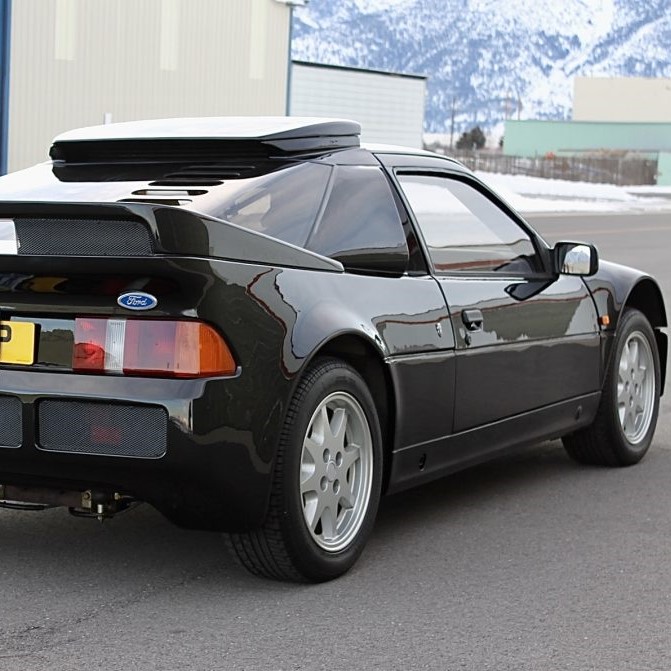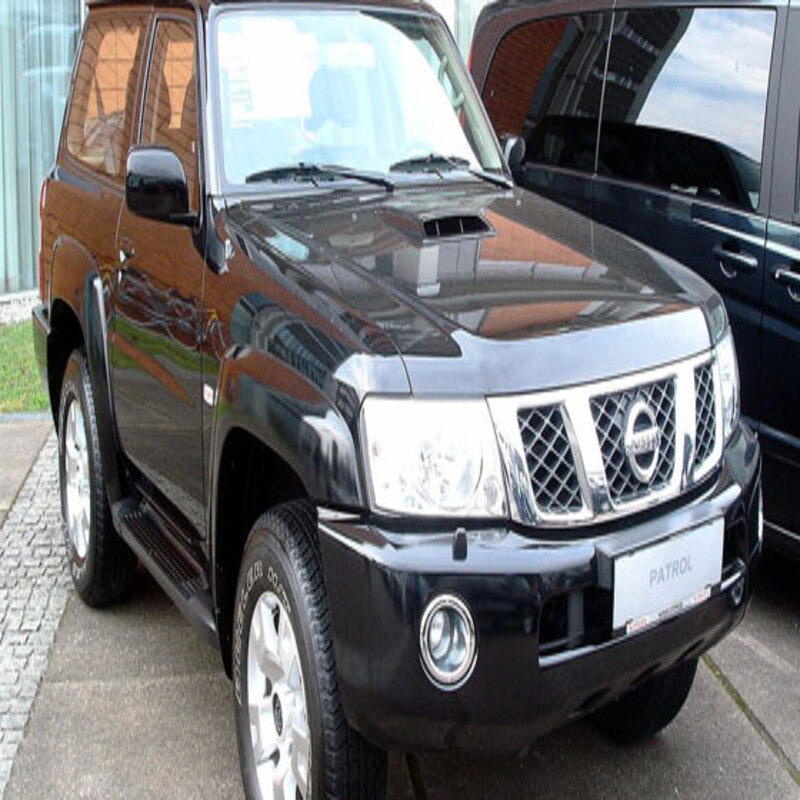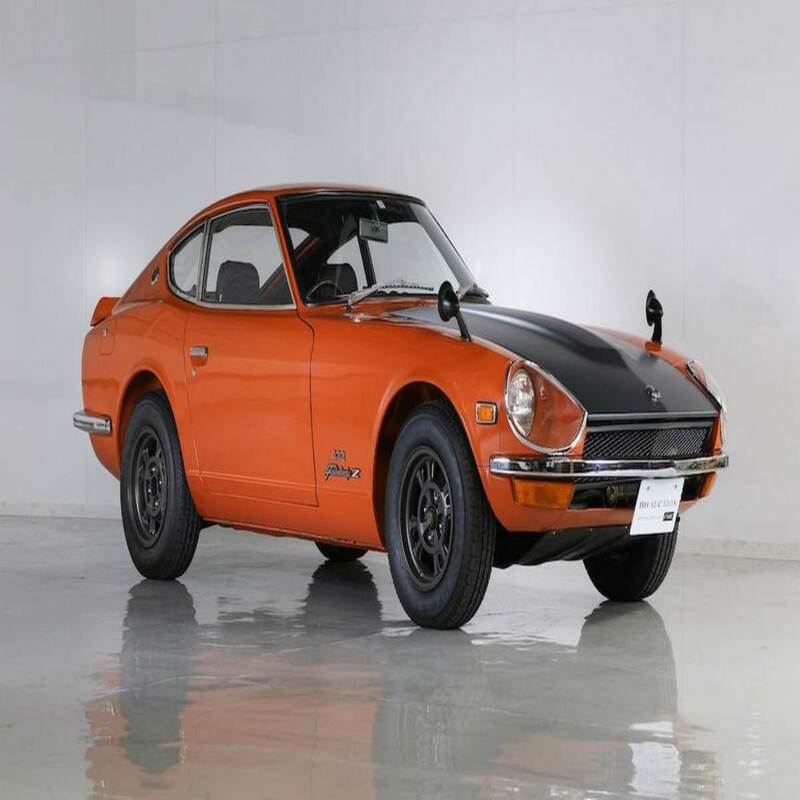Rally car group B from 1982 to 1986, the FIA’s Group B formula revolutionized rally racing, allowing nearly unrestricted development of the most outrageous supercars ever turned loose on public roads. Group B’s short reign left an indelible mark through advanced engineering and extreme performance before dangers forced its cancellation.
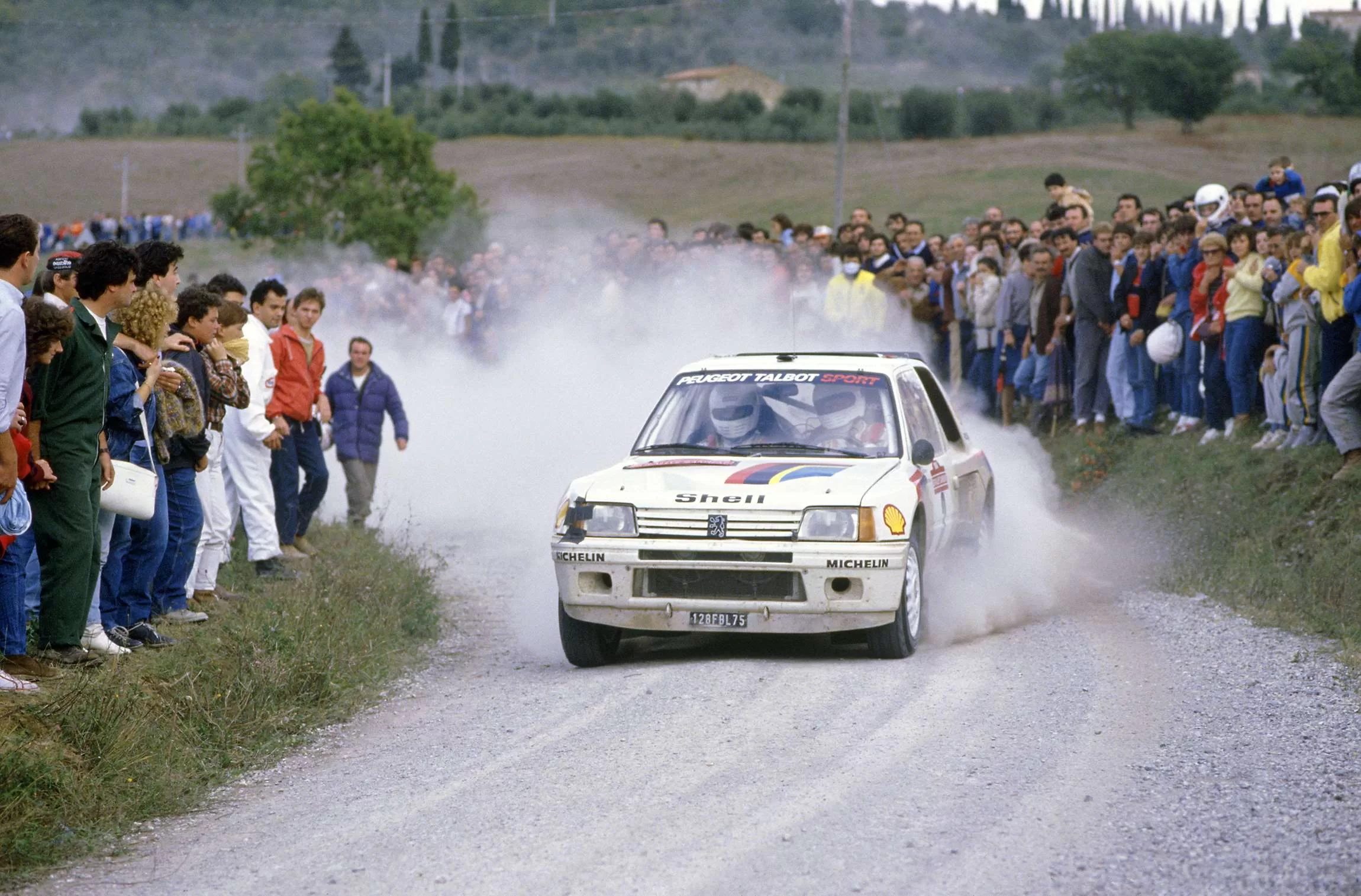
Let’s examine the in credible rally machines of Group B and what made them so fast and technologically advanced yet ultimately too dangerous for the era. This brief moment of engineering insanity still captures imaginations today.
The Rally Car Group B Formula
Seeking to attract major manufacturers, Group B rules allowed extensive modifications over Group 4 cars and required just 200 roadgoing versions for homologation. Turbocharging, aerodynamics, and lightweight materials could be applied nearly without limit.

Group B arrived alongside the development of all-wheel drive, active differentials, and turbocharging – advancing rally cars further than ever beyond street counterparts. Nearly double the horsepower of prior Group 4 cars along with active aero produced phenomenal speeds, grip, and control – but significant risks.
Lancia 037 – Rear-Drive Dinosaur
 The last rear-wheel drive car competitive in Group B, the mid-engine Lancia 037 won the 1983 championship with its supercharged and intercooled 2.0L 4-cylinder producing 280 hp sent rearward. Strong, light, and agile, the 037 kept pace using skill before AWD became mandatory. Its roar alone could scatter crowds. But the 037 marked the end of an era as AWD took over.
The last rear-wheel drive car competitive in Group B, the mid-engine Lancia 037 won the 1983 championship with its supercharged and intercooled 2.0L 4-cylinder producing 280 hp sent rearward. Strong, light, and agile, the 037 kept pace using skill before AWD became mandatory. Its roar alone could scatter crowds. But the 037 marked the end of an era as AWD took over.
Peugeot 205 T16 – Lightweight Warrior

Peugeot adapted its 205 economy car into the lightweight mid-engine T16 by moving the 1.8L engine amidship and turbocharging it to produce 350-500+ hp depending on trim. The small 205 body weighed just 925 kg delivering incredible thrust thanks to traction maximizing all-wheel drive. Peugeot won the 1985 and 1986 titles proving the 205’s brilliance.
Lancia Delta S4 – High Tech Powerhouse
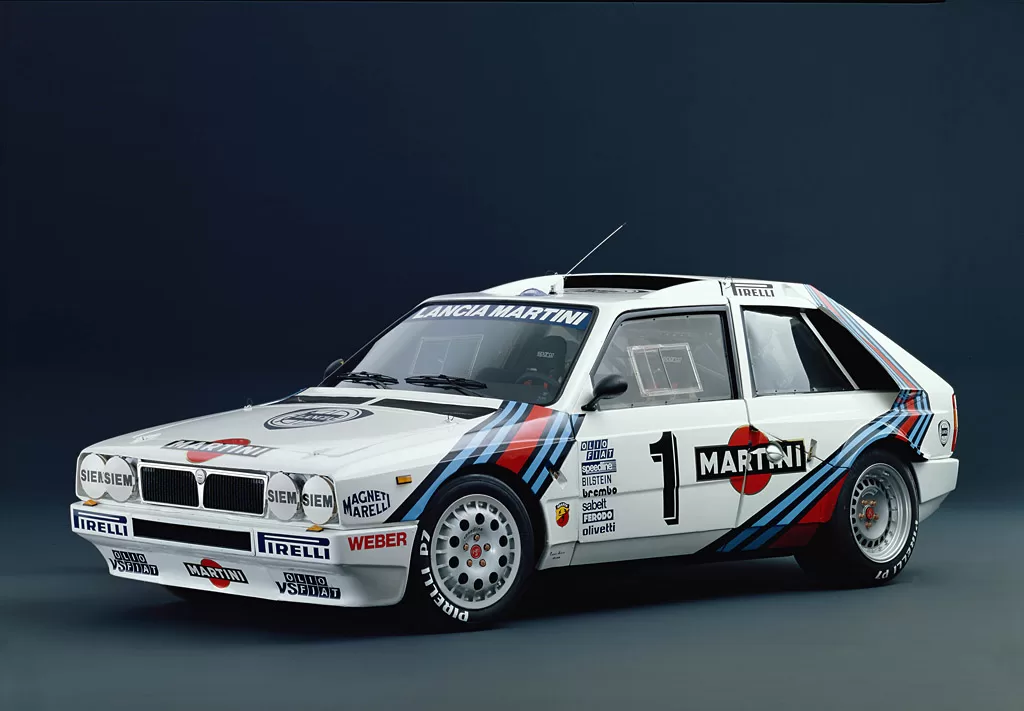
Seeking vengeance after 1983, Lancia launched the Delta S4 in 1985 – a technologically bonkers, mid-engine supercar nearly unrecognizable from the standard front-drive hatch. Dual-charged by both a turbo and supercharger, the S4’s 1.8L inline-4 churned out over 550 hp rocketing to 60 mph in just 2.5 seconds – supercar territory. Active suspension, two-step ignition, and composite construction optimized performance. The ultra-sophisticated S4 won Lancia the 1985 RAC rally before the entire Group B formula ended abruptly.
Audi Sport Quattro S1 E2 – All-Wheel Drive Icon

Further evolving the Quattro coupe by lightening and strengthening with carbon fiber, Audi homologated the stunning Sport Quattro S1 road car for just 200 units. For E2 racing trim, Audi massaged the turbo inline-5 to produce over 600 hp feeding a highly advanced all-wheel drive system. Rally success eluded the S1, but fans remember its distinctive wide hips and massive rear wing signaling no-holds-barred Group B excess.
Ford RS200 – Ambitious yet Troubled
Trying to beat the Quattro after earlier Group B disappointments, Ford partnered with UK-based Reliant to produce the RS200 featuring a lightweight carbon-kevlar composite body over spaceframe chassis and an F1-derived turbo 1.8L 4-cylinder pumping out 550 hp through a 5-speed sequential gearbox and all-wheel drive designed with help from Formula 1’s Cosworth. Beset by reliability woes and tricky handling, its promise went largely unrealized.
The Demise of Rally Car Group B
While blindingly quick, Group B cars became too much for rallying. Their outrageous performance overwhelmed events intended for public roads with crowds lacking sufficient barriers. After driver fatalities and incidents killing spectators in 1986, the FIA finally shut Group B down. Safety concerns outpaced engineers’ ambitions, ending rallying’s most excessive era permanently.

Rally Car Group B Legacy of Excess
In just five seasons, Group B advanced rally car engineering further than any era since through largely unrestricted rules. Drivers regarded Group B cars as uncontrollable monsters that produce massive power bordering on scary. Their capabilities even outpaced professional driver skills.

But for fans, Group B cars represent the pinnacle of rallying’s danger and excitement – the ultimate in performance with minimal regard for cost or sanity. For better or worse, such unmitigated ambition and pioneering technology in rallying will likely never repeat again. The fire-breathing cars of Group B raced straight into legend.

